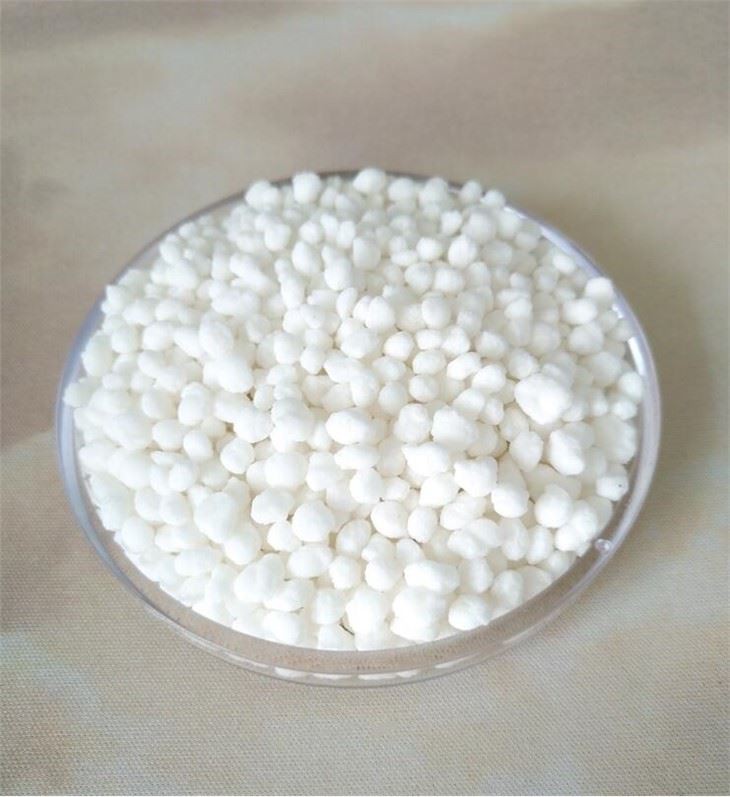



how to add sodium bisulfate to pool
How to Add Sodium Bisulfate to Your Pool
Maintaining a balanced pH level in your swimming pool is essential to ensure the comfort of swimmers and the longevity of the pool equipment. One effective way to lower the pH level is by using sodium bisulfate. This chemical compound is a widely used pool maintenance product, often favored for its ease of use and efficiency. Below is a detailed guide on how to properly add sodium bisulfate to your pool.
Step 1 Test the Water
Before adding any chemicals, it's crucial to test your pool water. Use a reliable pool test kit or strips to check the pH level. Ideally, the pH should be between 7.4 and 7.6. If your pH reading is above 7.6, it is time to use sodium bisulfate.
Step 2 Calculate the Required Amount
Once you have established that you need to lower the pH, you will need to determine how much sodium bisulfate to add. As a general guideline, adding about 6 ounces of sodium bisulfate per 10,000 gallons of water will lower the pH by approximately 0.2 units. However, it's important to consult the product label for specific instructions, as concentrations may vary.
Step 3 Prepare the Sodium Bisulfate
Sodium bisulfate typically comes in powdered form. Wear appropriate safety gear, such as gloves and goggles, to avoid contact with the skin and eyes. Measure the required amount of sodium bisulfate using a dry container.
how to add sodium bisulfate to pool

Step 4 Dissolve the Sodium Bisulfate
To ensure even distribution of sodium bisulfate in your pool, dissolve it in a bucket of warm water before adding it to the pool. This will help to prevent cloudiness and allow for quicker absorption into the pool water. Stir the mixture thoroughly until it is completely dissolved.
Step 5 Add to the Pool
Once dissolved, slowly pour the sodium bisulfate solution into the pool. It is advisable to do this near the return jets or in areas with good water circulation to facilitate even distribution. Avoid pouring directly into shallow areas or near pool skimmers to minimize the risk of concentrated exposure.
Step 6 Retest the Water
After allowing the sodium bisulfate to circulate for a few hours, retest the pH level. If necessary, you may need to add more sodium bisulfate, but be cautious about making drastic changes in a single application. Aim for gradual adjustments to maintain water balance.
Conclusion
Adding sodium bisulfate to your pool can be an effective way to manage pH levels and ensure a pleasant swimming environment. By following these steps, you can safely and efficiently maintain your pool's water chemistry, providing a safe and enjoyable space for family and friends. Always remember to store pool chemicals securely and handle them with care. Regular testing and maintenance are key to a successful pool experience.
-
Why Sodium Persulfate Is Everywhere NowNewsJul.07,2025
-
Why Polyacrylamide Is in High DemandNewsJul.07,2025
-
Understanding Paint Chemicals and Their ApplicationsNewsJul.07,2025
-
Smart Use Of Mining ChemicalsNewsJul.07,2025
-
Practical Uses of Potassium MonopersulfateNewsJul.07,2025
-
Agrochemicals In Real FarmingNewsJul.07,2025
-
Sodium Chlorite Hot UsesNewsJul.01,2025










